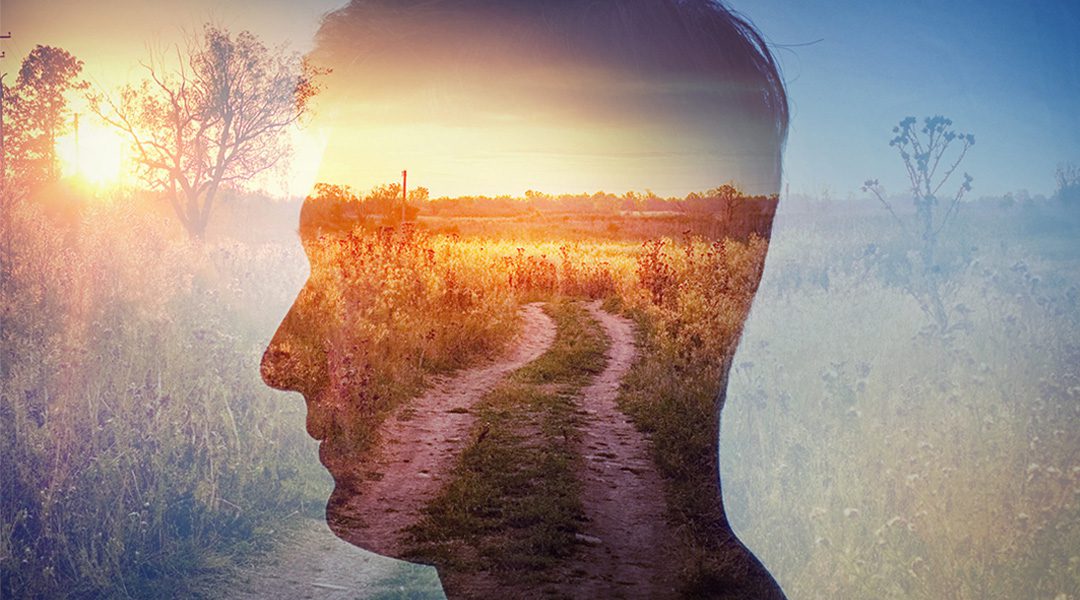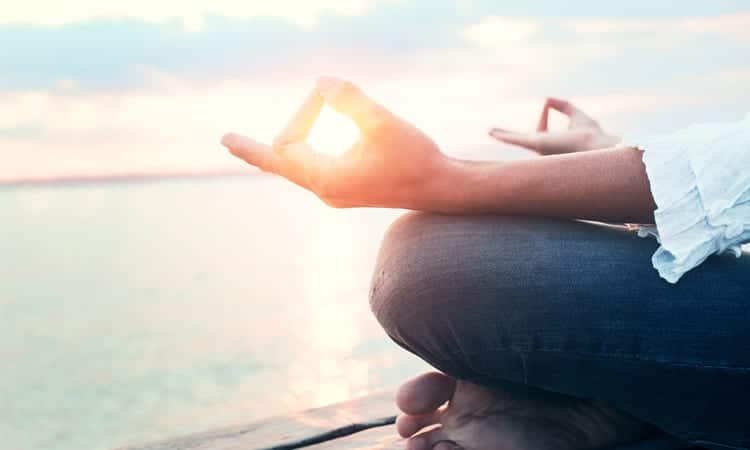Yoga does not always look accessible to all. Images of practiced yogis twisting their bodies into difficult asanas can make Hatha Yoga appear downright daunting to the beginning student. Jivana Heyman, founder of Accessible Yoga, is working to change that. Accessible Yoga is an international organization dedicated to sharing Yoga with all. “Everyone who looks at the cover of a Yoga magazine and thinks, ‘There is no way that I could do that or ever look like that,’ those are my people,” says Jivana. In the following interview, Jivana speaks about the unifying power of Yoga and the goal of Accessible Yoga.
How does Yoga promote diversity, positivity, and inclusiveness?
Well, in the Yoga Sutras, Sri Patanjali explains that when we are not in touch with the truth, we are simply identifying with thoughts in our minds. Maybe this is obvious, but to me this is an interesting concept: identity is simply identification with certain thoughts in our minds. My point is that in order to transcend our limited identities, we must connect with the Source within. This is the goal of Yoga and real empowerment. At that level of the Divine Source, we are all one, we are all equal, and we are all, in fact, the same. Yoga is a great equalizer.
This is the main way that Yoga can promote inclusiveness, diversity, and positivity. Yoga comes out of a positive philosophy that begins with the idea that we are already whole. Our challenge in this life is not to become spiritual, but to remove the obstacles to our own experience of the truth.
The teachings say that we are facing five major obstacles (kleshas) to this understanding: ignorance of our inner nature, ego, attachment, aversion, and fear of death. Yoga practice is designed to remove these obstacles. Whether or not we intend to confront these obstacles, it happens anyway. A longtime student of mine once told me that he was glad that he had AIDS because otherwise he would never have gone on a spiritual journey and ended up so happy. That blew my mind. I would never have considered the possibility of embracing an illness or challenge to that degree. He taught me not to underestimate the power that Yoga holds.
Regarding inclusiveness, I think the social aspect of Yoga classes and studios can offer an opportunity to bring these spiritual teachings into the light of day and apply them directly to our interactions. Studios need to look at their marketing imagery, their language, and their pricing structures to make sure that the goal of diversity is part of every decision. Similarly, accessibility for people with disabilities has to be an active effort—not simply a good idea.
Teachers can use inclusive language in their classes—avoiding stereotypes. Teachers can also try to give all students an equal amount of attention, rather than singling students out. They can be aware of judgmental language when they’re talking about students doing well or struggling with a pose. Our words have so much power.
Thank you for such a comprehensive perspective. Can you talk a little bit about your unique model at Accessible Yoga? What makes you different?
The idea behind Accessible Yoga is not unique. In fact, it’s the opposite of uniqueness: it’s the effort to see our transcendent connection and underlying oneness. Through Yoga, we realize that we all share the same heart. With that understanding, it’s easy to see that we are all deserving and we are all beautiful. My teacher Swami Satchidananda’s teacher, Swami Sivananda, used to say, “See the unity in diversity.” Yoga does not discriminate. It is our limited understanding that creates discrimination and separateness. The yogi’s job is to see unity and connection.
The goal of Accessible Yoga is to serve all people and to share Yoga with everyone. I guess that’s a grandiose mission, but it’s the truth. This work needs to happen within the Yoga community as well as in the mainstream.
This is an excerpt from an interview originally published online at YogaInternational.com. Click here to read the full interview with Jivana.



